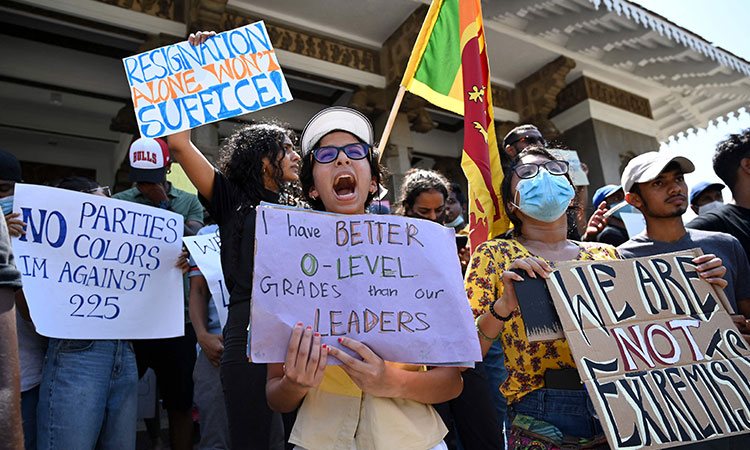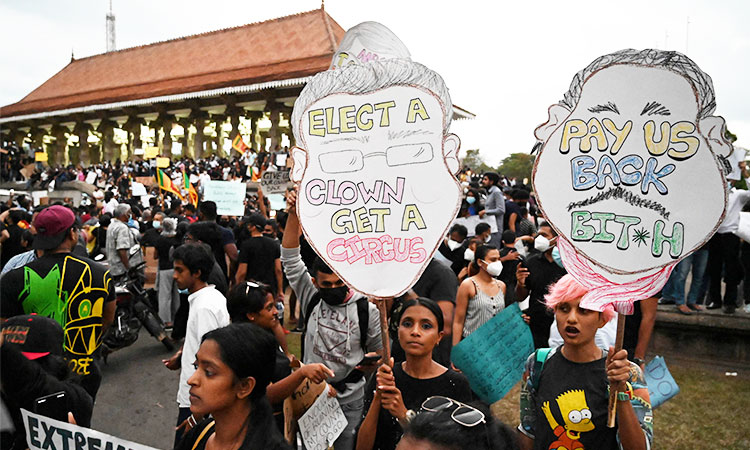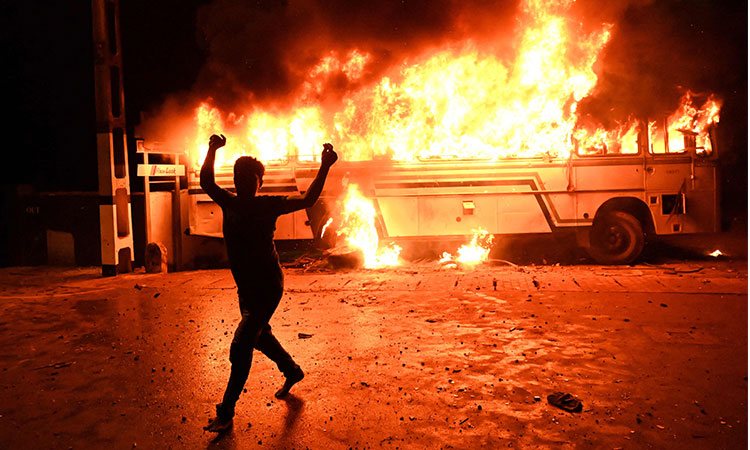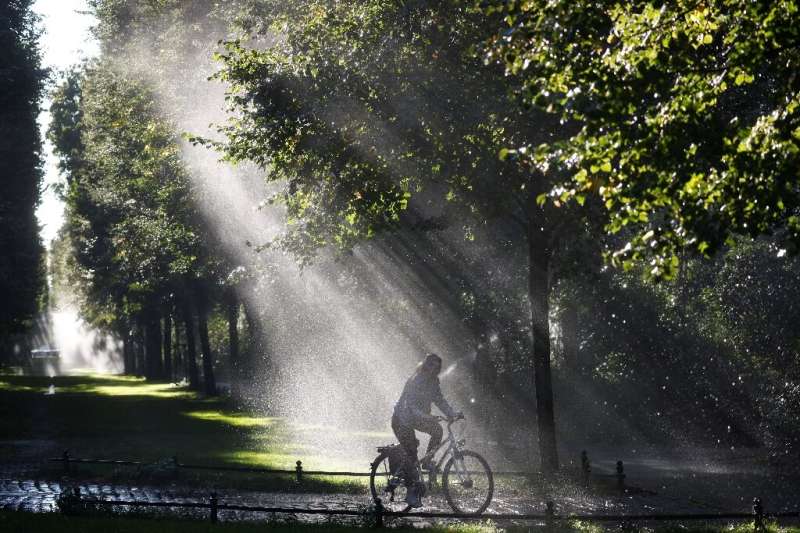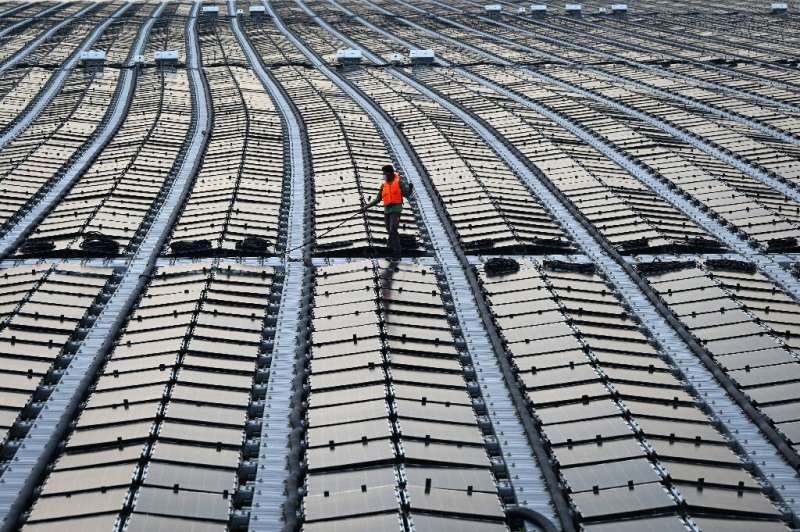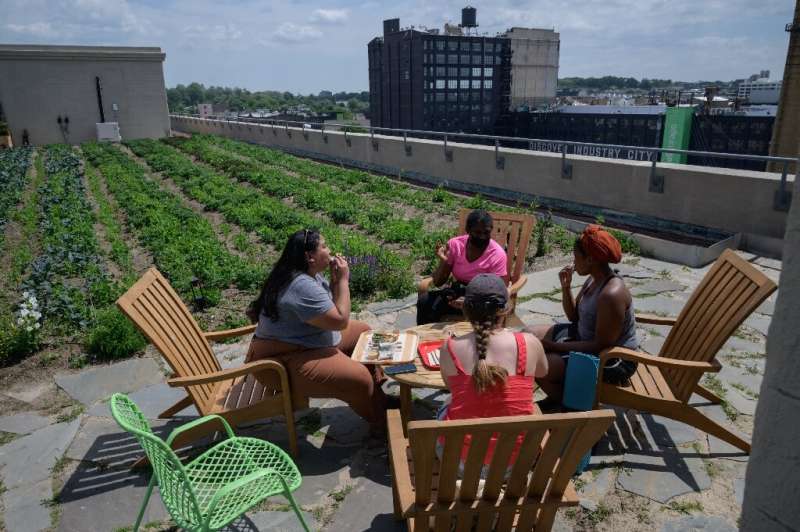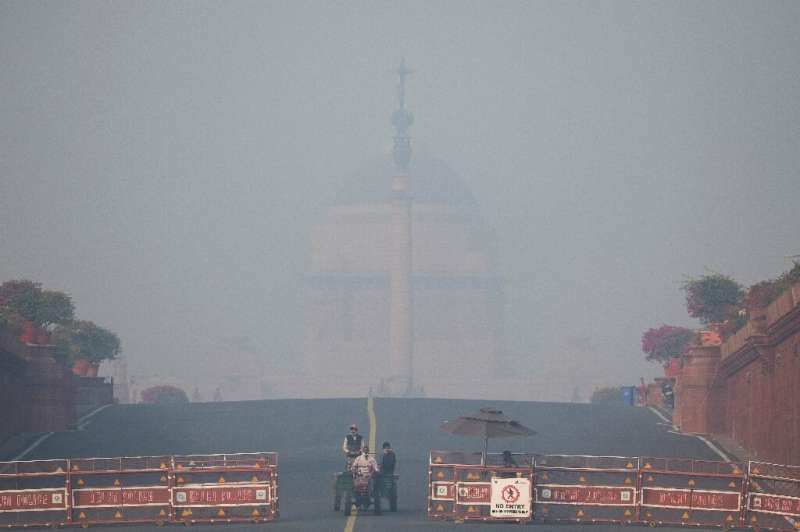Manufacturing Support for War: Russia’s Preppers, Fellow Travelers, and Activist Networks

(PONARS Eurasia Policy Memo) The impact on Russia of its war against Ukraine is heavier than President Vladimir Putin anticipated, both in terms of military losses and economic isolation. The survival of the regime will therefore largely depend on its capacity to generate popular support or— failing that—to keep people from engaging against the war. In order to succeed, the Kremlin has to ensure that a large part of the population is prepared to contend with the consequences of the war and show resilience in the name of the mission that Putin has chosen for himself and his country (and that those dissatisfied with the “new normal” are able to leave the country). To that end, the regime has to manufacture support for war by various means. Repression constitutes just one tool in the broader toolkit of the Kremlin, which needs to generate support by applying both top-down framing mechanisms and horizontal pressure to secure loyalty. This memo presents a preliminary mapping of the manufacture of support for the war by identifying three key groups on the domestic scene—the preppers, the fellow travelers, and the activists—and exploring how they have been coopted for the production of the war narrative.
The Preppers: The Central Role of Agitainment
The talk-show realm, for which Vera Tolz and Yuri Teper have coined the term agitainment, has become a key feature of efforts on Russian television to build propaganda as a spectacle. It allows the authorities to outsource ideological propaganda to the media realm, letting the different channels and their anchors compete for audiences, advertising revenues, and radical statements. The most infamously provocative political talk-shows—such as Sunday Evening with Vladimir Soloviev, 60 Minutes on Rossiia 1, and Time Will Tell on Pervyi kanal—have been discussing the supposed “genocide” of ethnic Russians in the so-called Donetsk and Luhansk People’s Republics and the supposedly Nazi groups in Ukraine (mainly the Azov Battalion) for months. The latest topic has been prevalent in the talk-show realm since the annexation of Crimea, but started being more heavily emphasized in the fall of 2021.
Since 2014, and more visibly since 2021, Russian state media have been cherry-picking anti-Russian news from Ukraine and inculcating Russian viewers with several messages that have become key arguments of the pro-war camp. First, the Ukrainian Army has been portrayed as having engaged in continued bombardments of civilians in Donbas since 2014 and as having mistreated the people there, causing thousands of deaths. Second, Ukrainian leaders have been described as neo-Nazis who want to exterminate Russians. This point is often exemplified by the 2014 speech of then-President Petro Poroshenko, who stated that Kyiv would win the war in Donbas because the separatist region would wither economically, adding that “our children will go to schools and their kids will stay in basements.” Third, Russian propaganda has actively shown the demonstrations of Ukrainian far-right groups, especially their assaults on those celebrating May 9 (Victory Day) and has placed particular emphasis on the slogan Moskaliaku na hyliaku, meaning “Lynch the Russians!” To this has been added the old trope that Ukraine lacks agency and is merely a tool of the US against Russia. Such a view was insultingly laid out by former Prime Minister Dmitry Medvedev in his 2021 article.
In a recent study, Paul Goode states that the Russian media primed viewers with “war talk” beginning in December 2021, a sign of a coordinated campaign. Even if themes related to genocide, the situation in the Donbas, and the supposed “Nazism” of the Ukrainian authorities were unevenly discussed, the ideas that Ukraine was working out an aggression against the so-called People’s Republics of Donetsk and Luhansk and that the West wanted to weaken Russia were used to prepare the population for a conflict.
The ideological scene of Russian imperialism was also re-activated a few months ago. The infamous political philosopher Alexander Dugin has denounced Ukraine as a non-state and a non-nation ever since his first publications of the early 1990s. He has regularly re-activated this narrative during crisis moments such as the “Russian Spring” of 2014, during which his bellicose call to “kill, kill, kill” (Ukrainians) cost him his adjunct status at Moscow State University. The market niche of these ideologues has been to make more radical declarations than the state official narrative. Dugin, for instance, stated on the day of Russia’s invasion of Ukraine that “The only question is to know whether we will take Lvov and when” and celebrated the war as the final step toward the birth of a “new, authentic, real and independent eternal Russia.” This sentiment was echoed by Dugin’s patron Konstantin Malofeev, who rejoiced on the YouTube channel of his Tsargrad media outlet that the world would soon see “the end of the time of shame for Russia.”
A Key Fellow Traveler: The Russian Orthodox Church
The Russian Orthodox Church (ROC) has been a fellow traveler of the Putin regime for the past two decades. It has played an important role on the domestic scene in pushing—with mixed results—for a society that would be more obedient to the state, more patriotic, and more morally conservative. It has also played a central role in Russia’s outreach to European and American conservative circles, especially in the Syrian conflict, during which it developed an offensive religious diplomacy. Yet the Church has been careful in regard to Ukraine, afraid of weakening its already fragile status there: since the 2018 canonical schism, the autocephalous Orthodox Church of Ukraine (detached from the Moscow Patriarchate) has been gaining power, reducing Moscow’s influence over those Ukrainian parishes that still belong to the Ukrainian Orthodox Church (which operates under Moscow’s umbrella).
During the first week of the war, Patriarch Kirill tried to maintain some nuances in his narrative. On February 24, he published a statement calling “on all parties to the conflict to do everything possible to avoid civilian casualties” and insisted that the “Russian and Ukrainian peoples have a common centuries-old history.” The Patriarchate obviously did not condemn the war—indeed, he even (in passing) congratulated the military on February 23, Russia’s Defenders of the Fatherland Day—but he was concerned to avoid a schism with the remaining Ukrainian parishes of the Ukrainian Orthodox Church. On February 27, Kirill took a more decisive position, calling those fighting against the historical unity of Russia and Ukraine “evil forces” and insisting on the need for “unity with our brothers and sisters in Ukraine.”
Finally, during his Sunday sermon on March 6, Kirill explicitly expressed support for the war. He referred to the alleged “genocide in Donbas” and justified the war as a fundamental civilizational divide, in which accepting or refusing a gay parade signaled belonging to either the Western civilization or Russian civilization. Notably, however, this framing of the war as representing a clash between liberal/decadent and conservative values has not been dominant in Putin’s speeches justifying the invasion of Ukraine.
The March 6 sermon marked not only Kirill’s complete endorsement of the state narrative—at the cost of losing the ROC’s Ukrainian followers—but also his metaphysical justification thereof. Indeed, the efforts to shroud Russia’s geopolitical ambitions in faith began long ago and have been reinforced over time. The Church has been one of the advocates of the idea of a canonical territory encompassing Russia, Ukraine, and Belarus and has defended the alleged brotherhood between Russians and Ukrainians since long before Putin espoused the idea in his July 2021 article. More importantly, the Patriarchate has deeply penetrated the Ministry of Defense, especially the nuclear forces, contributing to the idea that for the Kremlin, “faith and force go hand in hand,” as Dmitry Adamsky has put it. Kirill’s claim that Russia’s invasion is theologically justified as spiritual warfare has already caused a backlash: many ecumenical institutions have severed ties with the Moscow Patriarchate, while Pope Francis, talking to Kirill on March 16, insisted that the idea of a holy war cannot be justified (anymore).
The Activists: The Z Movement
To mobilize citizens in a more horizontal way, the social fabric of patriotic associations has been put to work: veterans, youth groups, and Orthodox charity networks are being heavily mobilized to cheer up the population. A new mythology has been crafted, with a new visual symbolism: the letters Z and, to a lesser extent, V, both in Latin script.
The two letters are painted on many Russian tanks (a classic military tactic used to distinguish between similar tanks belonging to opposing sides and show directions) and their meaning has remained a subject of inquiry among experts. The Russian Ministry of Defense recently declared that Z stands for “victory” (za pobedu) and V for “the strength is in the truth” (sila v pravde), a sentence taken from the cult movie Brat). Yet the origin of the initiative remains unclear: while the presidential administration seems to attribute it to the PR and marketing department of the Ministry of Defense—Shoigu is said to have a good sense of PR—in close collaboration with RT and its infamous chief editor, Margarita Simonyan, the Ministry of Defense seems to credit it to the presidential administration. Several advisers commented anonymously to Meduza that it was a mistake to select a Latin letter to defend the so-called Russian World, not to mention the letter with which Zelensky’s name begins. Some people even theorize that VZ stands for Volodymyr Zelensky as part of an attempt to demoralize him.
The letter Z has since appeared on many private individuals’ cars and has been proudly displayed as a sign of support for the Russian troops, in a manner similar to the use of the St. George ribbon in the 2014 conflict—the letter is, in fact, often depicted in the ribbon’s orange and brown colors. Yet, as always, it is difficult to disentangle genuine grassroots support from politicized astroturfing by the authorities, such as initiatives paying TikTok influencers to spread pro-war slogans. The emblazoning of the letter Z on many official buildings and its appearance on street billboards confirms that the impulse is coming from above in hopes of generating broader popular enthusiasm. Some regions use it to showcase zealous loyalty: the governor of the Kemerovo region, Sergey Tsivilyov, for instance, announced that his region would be now spelled KuZbas, with a capital Z. Similarly, the Orthodox vigilante movement Sorok Sorokov has renamed itself Zorok Zorokov. New conspicuous display of loyalty is also visible through the “za Putina” or “za prezidenta” slogan, with za written in Latin letters to refer the Z movement.
The consumerist machine has been activated too: one can now buy T-shirts, magnets, mugs, and stickers emblazoned with the Z symbol. Russia’s largest online retailer, Wildberries, features a lot of small publishing companies that sell the Z symbol on a variety of everyday items and clothes. It also pushes sales of Z stickers: anyone searching Wildberries for “car sticker” or even “newbie sticker” will automatically get stickers with the Z symbol from companies with very few reviews, meaning that they pop up not because of their popularity but because the Wildberries algorithm has programmed them to be first.
Analysis of the public use of Z on the Internet demonstrates its relatively low popularity. We compared the usages of #Zamir (“For peace,” a slogan used during Putin’s stadium speech), #Svoikhnebrosaem (“we don’t forget ours,” a popular pro-war slogan), and #Netvoyne (“no war”) hashtags in the searchable spaces of Facebook (2,700/22,000/109,000, respectively), Instagram (41,500/410,000/626,000), Vkontakte (78,300/437,000/128,700), and Odnoklassniki (11,000/25,000/8,1,00) as of March 29. As we can see from these numbers, the Western social networks of Facebook and Instagram gather a more anti-war public, while on Russian social media anti-war slogans are losing to pro-war ones. However, considering the centralized hashtag propaganda—all state media, administrative organs, and even schools must showcase the Z symbol on social networks—adherence to the Z slogan in general can be described as flabby.
The Z movement illustrates the difficulty of dissociating top-down propaganda actions from horizontal pressures. We know, for instance, that students at many educational institutions have been obliged to attend Z demonstrations and schoolchildren to participate in pro-war efforts. While cases of top-down action are well documented, it is more challenging to measure the level of horizontal pressures: many people may exhibit a Z as a simple badge of loyalty to avoid standing out or being finger-pointed. Others may employ the Z as a sign of belonging to Russia as an “imagined community” and display it with a vague feeling of patriotism or an empathic memory of the Great Patriotic War, but not a clearly defined pro-war stance.
Conclusion
Manufacturing support for the war has been and will remain more difficult than the easy rally-around-the-flag effect of 2014. The Russian population has moved from the epic moment of Crimea’s annexation to a bitter “no other choice than resilience” position. Western sanctions and actions cancelling Russian culture may generate a form of passive support that would benefit authorities. The latest Levada-Center survey, though its results should be interpreted with caution, shows 83 percent of Russians support Putin, confirming a dynamic of defensive consolidation. Russian political elites, after two weeks of shock and surprise, seem to have reconsolidated around the regime after recognizing that they have no future outside of Russia and no way to return to their previous way of life.
But even among those ordinary citizens who support their president and the war—or, at least, the war as they know it—there are and will be nuances that Western policymakers must keep in mind when seeking to accurately assess the limits of Putin’s popular support. Crafting a more granular approach to Russian citizens, avoiding cancelations of everything Russian, and talking to all those who have left Russia as a sign of protest will help prevent a new Iron Curtain from falling on Europe.
Marlene Laruelle is Research Professor, Director of the Institute for European, Russian, and Eurasian Studies (IERES), Director of the Illiberalism Studies Program, and Co-director of PONARS Eurasia at the Elliott School of International Affairs, The George Washington University.
Ivan Grek is the founder of The Bridge Research Network, a peer-to-peer network of university researchers supporting international research and improvement of knowledge in the field of European, Russian, Eurasian, and post-Soviet studies.
PONARS Eurasia Policy Memo No. 764











